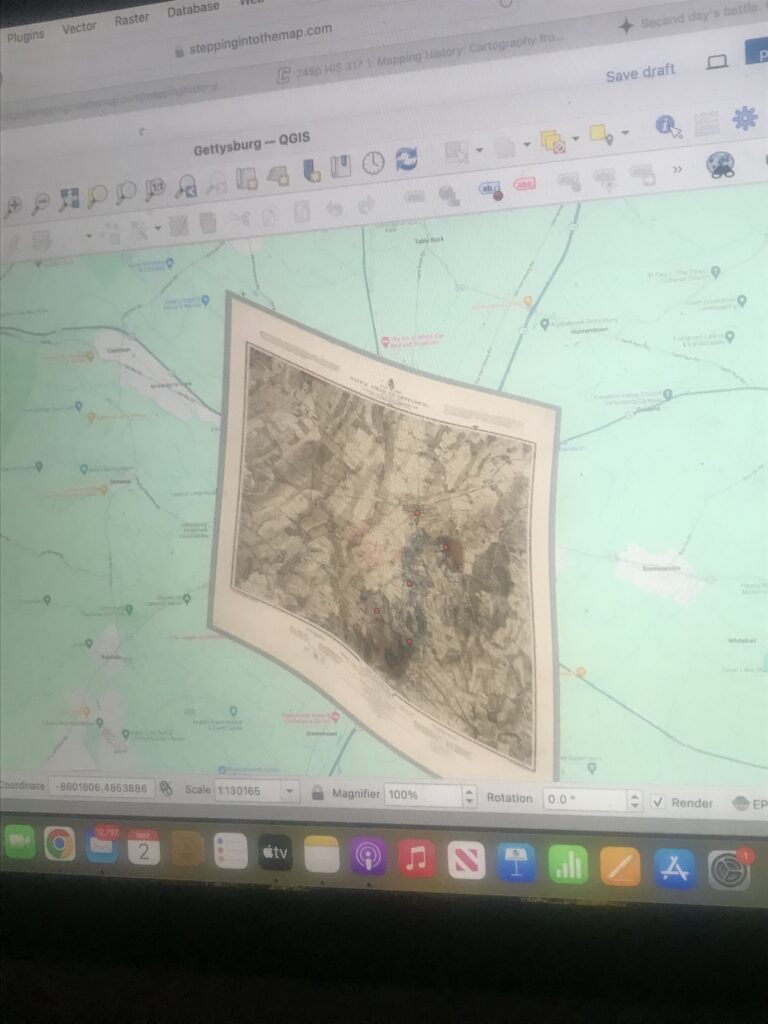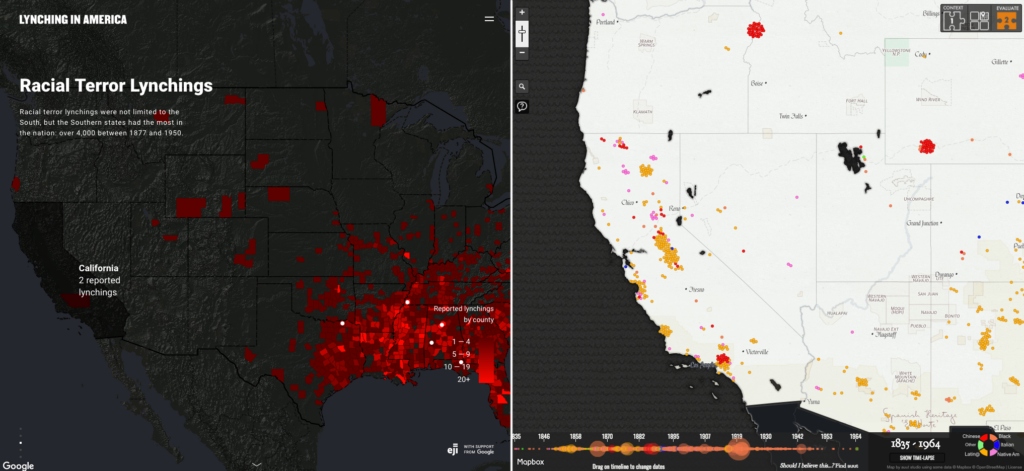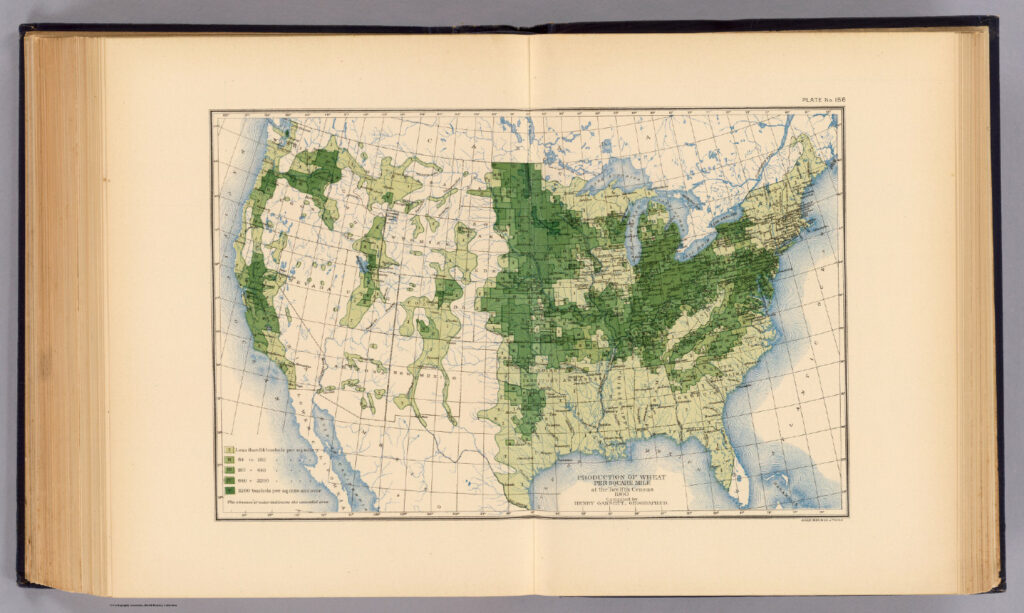. The project by Sam Duncan is focused on the population shift between East and West Germany before the fall of the Soviet Union. Sam’s achieved this by looking at the population shifts in West Germany (due to missing data in East Germany) and researching census data from individual states in West Germany. The author’s hope is that this project will contribute to the wider study of human mass migration and proof that the collapse of the Berlin Wall and Soviet Union were the greatest events in the 20th century.
. Same used for his mapping project the tool of QGIS to complete his mapping project. Sam showed comparisons between population density of Germany between 1970 , 1972, and 1980. I found interesting from the maps (as the author noted) that once the tensions between East and West Germany began to decrease the population in East Germany grew. This is particularly clear during the 1980s, with the population of East Germany increasing due to immigration and higher birth rates in the East. The maps are pretty and the data is accurate and shows surprising population trends.
. While the maps are accurate and I like the inclusion of historical events that impacted the population trends in West Germany. However, the project is somewhat brief in that it would’ve been cool if second-hand quotes were used in the project. For example, quotes from mappers and Professors that have researched this particular topic and what viewpoints they hold over the data. That way there is more of a diverse range of opinions on what the data presents and why… I understand that census data for East Germany is missing/ unavailable especially during the height of the Cold War. However, there is data available of the decline of the Jewish population in East Germany following the holocaust and anti-jewish programs right after ww2. A view sources with this information are the “Jewish Virtual Library” and “the United States Holocaust Museum in Washington DC.”







